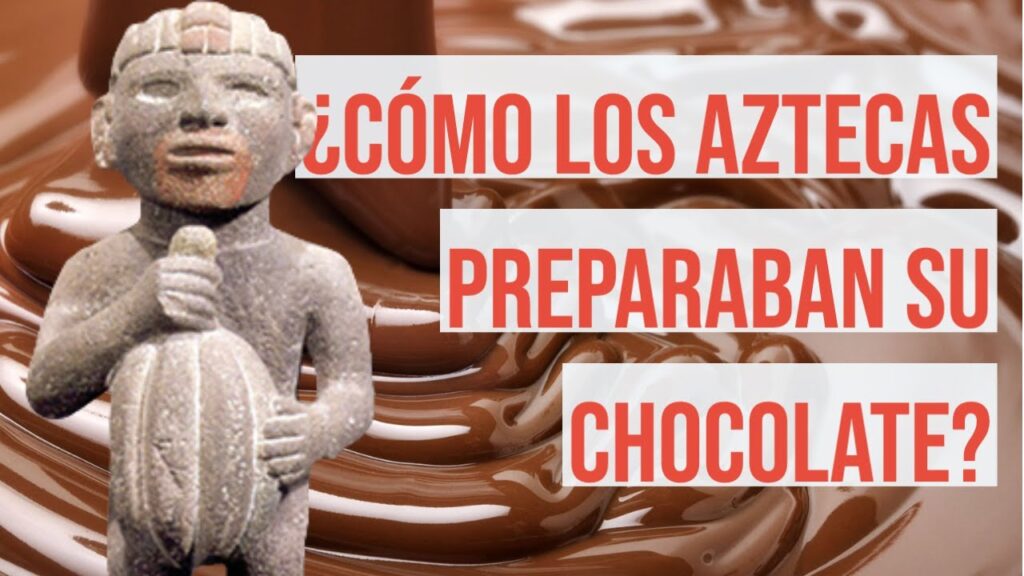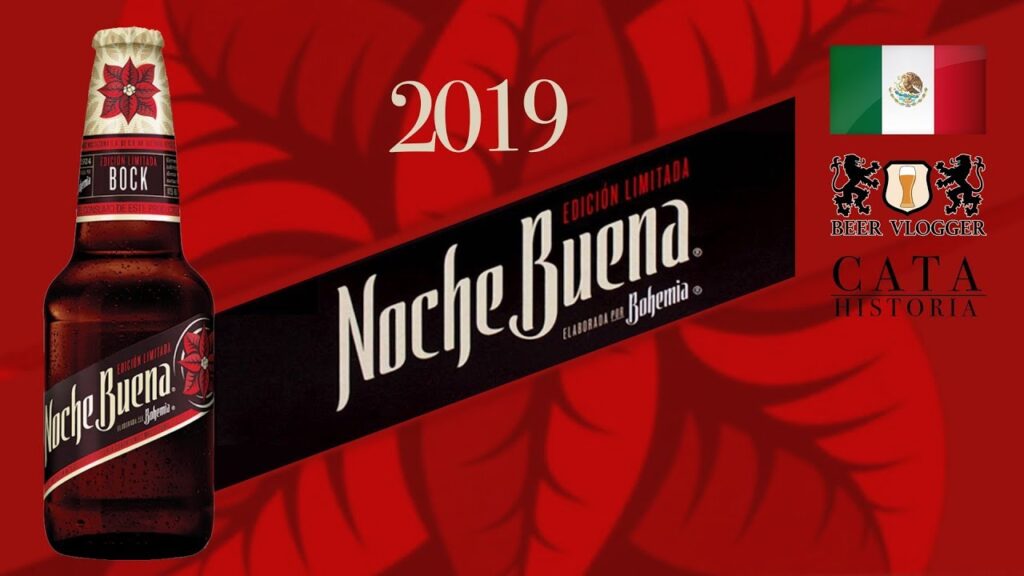Exploring the Roots of Pre-Hispanic Chocolate: A Spicy and Bitter Journey
Chocolate, as we know it today, has its roots deeply embedded in the rich soils and cultures of pre-Hispanic Mexico. The journey to discover the original flavors of this beloved treat is both spicy and bitter, akin to the complexity of its origin story. Ancient Mesoamerican civilizations, including the Mayans and Aztecs, revered cacao beans not only for their culinary value but also for their monetary and ceremonial significance.
The traditional preparation of chocolate during pre-Hispanic times was vastly different from the sweetened confections we’re accustomed to. The cacao beans were harvested, fermented, roasted, and ground into a paste. The resulting product was then mixed with water along with spices such as chili peppers, vanilla, and achiote to create a frothy, spicy drink that would embolden the spirit and invigorate the body. It’s a testament to the innovation and sophistication of these ancient cultures.
Ingredients and Techniques
The ancients employed a variety of ingredients to complement the bitter taste of raw cacao. Chili was a common addition, believed to purify the body and to balance the flavor profile. The use of vanilla added a sweet aroma, while various flowers and herbs infused subtle complexities into the beverage. The technique of pouring the mixture from a height to create froth not only enhanced the texture but was also a sign of the drink’s authenticity and quality.
Ceremonial Importance
Pre-Hispanic chocolate wasn’t merely a culinary delight, but a cornerstone of social and ritualistic life. Cacao beans were revered to the extent that they were used as a form of currency and offered to the gods as a sacred sacrifice. The act of drinking chocolate was woven into important ceremonies, including marriages and religious rituals, symbolizing wealth, status, and divine blessing.
The adventure in exploring pre-Hispanic chocolate provides an opportunity to taste history and gain insight into ancient culinary expertise. Today, there are a number of places in Mexico where one can experience traditional chocolate-making workshops, allowing visitors to engage in the ancient art of chocolate preparation and savor the authentic flavors that once captivated the palates of Mesoamerican nobility. This journey is not only about experiencing the taste but also about understanding the profound cultural significance chocolate holds in Mexican heritage.
The Ancient Tradition of Chocolate in Mexico: Amargo y con Chile
Chocolate has a long and hallowed history in Mexico, where it is not just a confectionary, but a piece of cultural heritage. The tradition dates back to the ancient Maya and Aztec civilizations. For these pre-Colombian societies, chocolate wasn’t the sweet treat we know today. Instead, it was a bitter, frothy drink, often combined with spices and chilies. Known as ‘xocolātl’, which means “bitter water” in the Nahuatl language, it was consumed during sacred rituals and used as a form of currency.
In the heart of Mexico, the practice of adding chili to chocolate continues even now, with contemporary chocolatiers honoring their ancestors’ recipes. When one savors this distinctive blend, they experience a tapestry of flavors that awaken the senses. The initial bitterness of dark chocolate slowly gives way to the subtle, fiery warmth of chili, a sensation quite unlike the sugary sweetness often found in modern chocolate treats. It is this unique combination that marks the authentic taste of Mexican chocolate – a true delight for adventurers seeking the flavors that have enchanted a region for centuries.
Visitors to Mexico looking to indulge in this ancient tradition will find a variety of options. From local markets selling artisanal chocolate bars infused with different types of chilies to workshops where one can learn the art of chocolate making. Experiencing chocolate in Mexico is more than just taste; it’s an immersive journey through history, tradition, and the natural fusion of flavors that the land offers. Each bite is a reminder of the sophisticated palate of the ancient civilizations and their enduring influence on Mexican cuisine today.
How Pre-Hispanic Cultures in Mexico Savored Chocolate: Beyond Sweetness
Chocolate, derived from the cacao tree, was far more than just a culinary delight for pre-Hispanic cultures in Mexico—it was a currency, a social lubricant, and a sacred commodity. The Mayans and Aztecs revered chocolate for its invigorating properties and complex flavor profile. They typically consumed chocolate as a frothy, spiced beverage—not the sweetened confection we’re familiar with today. To them, chocolate, or “xocoatl” as the Aztecs called it, was a drink for warriors and nobility, meticulously crafted with ground roasted cacao beans, water, and a blend of aromatic spices like vanilla, chili, and achiote.
Unlike the European adaptation of chocolate post-Columbian exchange, pre-Hispanic cultures took great care to preserve the integrity of chocolate’s inherent bitterness and robust notes. Historical evidence suggests that these populations occasionally mixed chocolate with maize to create a hearty, energizing gruel, but they never overly sweetened it. The addition of honey or agave syrup was reserved for special occasions, leaving the chocolate’s natural bitterness to play a leading role in most daily consumption, a testament to its significance and association with the divine and the upper class.
At the heart of many social and religious rituals, chocolate was central to marriage ceremonies, victory celebrations, and sacrificial offerings. During these events, it was not only shared among individuals but also offered to the gods. The Mayan Dresden Codex, one of the few surviving pre-Columbian Maya books, depicts gods gifting cacao to humans, highlighting its esteemed position in their culture. Thus, while chocolate continues to be a beloved treat worldwide, its original consumption by the ancient peoples of Mexico was rich with cultural nuance and significance, transcending mere sweetness to embody something of far greater value.
Amargo y con Chile: Understanding Pre-Hispanic Chocolate-Making Techniques
Long before the advent of sugary confections, chocolate held a place of prominence in ancient Mesoamerican cultures. The process of transforming the bitter cacao bean into a drink fit for the gods was a complex art mastered by the predecessors of modern Mexico. This prized beverage, often infused with spices and herbs such as vanilla and chile peppers, bore little resemblance to the sweetened chocolate we now enjoy. Integral to religious rituals and used as a form of currency, chocolate was as much a part of daily life as it was a ceremonial treasure.
Pre-Hispanic chocolate-making began with the careful selection and harvest of cacao pods ripe for processing. Once collected, the seeds—also known as cacao beans—were extracted and subjected to fermentation, a critical phase that significantly influenced the final flavor profile. After fermenting, the beans were dried under the sun, roasted over open fires, and then ground by stone. The resulting paste was the foundation of every chocolate concoction and was often mixed with water to create a frothy, energizing drink.
Unlike today’s sweet and creamy dessert, the traditional Mesoamerican chocolate beverage was a thick, frothy, and often bitter elixir. The addition of chile provided not just heat but also depth and complexity to the flavor, engaging the drinker’s palate in a dance of spice and bitterness. The mixture would typically be poured back and forth between vessels to generate a foam that was highly prized among ancient chocolate aficionados.
The importance of chocolate extended beyond its uses as a luxury drink. It was deeply embedded in the fabric of social relationships and economic systems. Chocolate beans were valuable commodities, used as offerings to the gods, gifts among the elite, and even as a medium for trade, demonstrating their importance in pre-Hispanic civilizations. Special occasions and victories in battles were often celebrated with a cup of this prestigious drink, signifying its role in the communal and celebratory aspects of society.
Understanding the significance and intricacies of traditional chocolate-making opens a window into the heart of ancient Mexican culture. Today’s methods may have evolved, allowing chocolate to become a global phenomenon, but the ancestral techniques of the past continue to inspire artisans and chocolate lovers, sustaining a rich tradition that began thousands of years ago. The fiery essence of chile-infused chocolate speaks volumes of a time when chocolate was not a mere sweet treat, but a powerful symbol of life, spirituality, and Mesoamerican identity.
Unearthing the Historical Flavors of Mexican Chocolate in Pre-Hispanic Times
Tracing the origins of Mexican chocolate takes us back to the ancient civilizations of Mesoamerica. Among the Aztecs and the Mayas, chocolate wasn’t the sweet confection we know today. Instead, it was a bitter beverage made from ground cacao beans, often combined with spices such as chili, and sometimes with honey to sweeten. Revered for its vitality-boosting properties and association with the divine, chocolate was imbibed in ceremonies and traded as a valuable commodity. The culture of cacao was so ingrained that these beans were even used as currency.
The preparation of chocolate in pre-Hispanic times was an elaborate process that began with the careful selection and harvesting of cacao pods. The beans inside were fermented and dried, a practice that is crucial to developing the chocolate’s complex flavor profile. Artisans would then roast the cacao beans over an open fire, a step that imbued them with a rich, deep character. The roasted beans were ground on a stone called a ‘metate,’ producing the fundamental chocolate paste that would be transformed into the energizing drink.
This ancient liquid chocolate played a vital role in social and religious life. The frothy beverage, known as ‘xocolatl,’ was served in beautifully crafted ceramic vessels, often decorated with intricate designs that revealed its noble status. The act of sharing chocolate during important events and rituals, such as marriage ceremonies or military victories, underscored its significance within the social fabric of these civilizations. To this day, vestiges of these practices remain important to traditional Mexican culture, showcasing an unbroken thread to their historical roots.
Exploring the ritualistic significance, one can’t help but marvel at the intricate mythology woven around chocolate. Deities like the Aztec goddess of fertility, Xochiquetzal, and the Maya god of agriculture, Ek Chuah, were closely linked to cacao. Offerings of chocolate were made to appease these divine entities. The complexity of these myths and the exalted status of chocolate illustrate the intricate bond between the people, their deities, and this extraordinary plant. Thus, the historical flavors of Mexican chocolate offer a taste of the spiritual and ceremonial heritage that predates even the most ancient of their stone temples.
The Culinary Heritage of Mexico: Pre-Hispanic Chocolate as a Ritualistic Elixir
Mexico’s rich culinary heritage is woven into the very fabric of its culture, history, and even religious rituals. Among the many indigenous treasures, Pre-Hispanic chocolate stands out for its unique role in ancient society. This revered elixir, derived from the seeds of the cacao tree, was not merely a food item but a potent symbol in various ceremonial practices. The Aztecs and Mayans, in particular, prized chocolate for its supposed mystical properties and often incorporated it into their spiritual and communal rites.
The preparation of chocolate in ancient Mexican cultures was a complex process, involving roasting, grinding, and often mixing the cacao with spices or chili. Far from the sweetened chocolate we are familiar with today, this beverage was typically bitter, frothy, and richly spiced. It was a drink that was largely restricted to the elite and noble classes, symbolizing both wealth and divine favor. As such, it featured prominently in important events like marriages, royal affairs, and sacrificial ceremonies, marking it as a drink of high prestige and deep cultural significance.
In these pre-Hispanic civilizations, chocolate was more than just sustenance; it represented lifeblood and was believed to possess medicinal properties. The thick, often foamy drink was thought to imbue strength, vitality, and higher consciousness. It was consumed by warriors before battle, offered to the gods in sacred rituals, and even used as a form of currency. The value attributed to cacao beans was so significant that they were routinely used in trade and as tribute to higher powers, cementing chocolate’s position as a societal cornerstone.
Today, we can trace the lineage of chocolate in modern Mexican gastronomy, where it still holds a revered place. Traditional dishes like mole poblano hint at the complex flavors and multifaceted uses of chocolate that have been passed down through the generations. Exploring the history of chocolate in Mexico reveals a tapestry of tradition, combining flavors, beliefs, and practices that have been delicately preserved over centuries. This ancient beverage, once integral to ritual and tradition, remains a proud emblem of Mexico’s rich and enduring culinary heritage.



